![]()
![]()
![]()
Use LEFT and RIGHT arrow keys to navigate between flashcards;
Use UP and DOWN arrow keys to flip the card;
H to show hint;
A reads text to speech;
53 Cards in this Set
- Front
- Back

|
Seal showing Yogi Mohenjo-Daro, 2300-1750 BCE Indus Valley
|
|
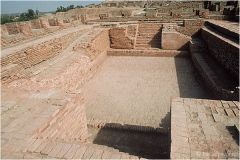
|
Mohenjo-Daro Great Bath 2300-1750 BCE Indus Valley
|
|

|
Yakshi figure c. 200 BCE Pre-Buddhism
|
|
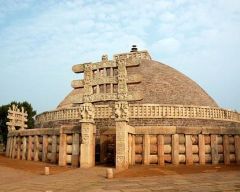
|
Great Stupa, Sanchi, 3rd century BCE-1st century BCE Buddhism |
|
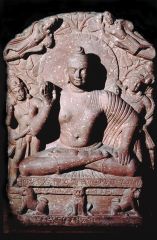
|
Buddha Seated on lion throne, Mathura, 1st century Buddhism |
|
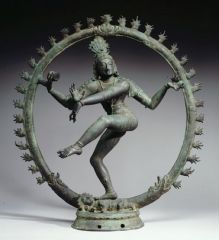
|
Shiva Nataraja, 11-12th century, bronze Hinduism |
|
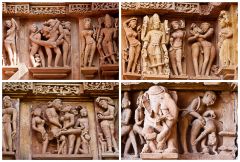
|
Khajuraho Temple Complex and sculpture of couples 11th century Hinduism |
|

|
Taj Mahal, compl 1653 Mughal India |
|
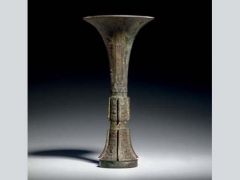
|
Gu wine vessel, bronze Shang Dynasty |
|
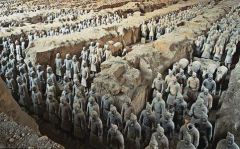
|
Terra cotta soldiers, tomb of first emperor, 210 BCE Qin dynasty |
|
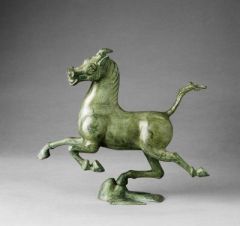
|
Horse poised on swallow, bronze Han Dynasty |
|
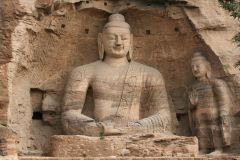
|
Colossal Buddha, Yungang Cave, Northern Wei Dynasty |
|
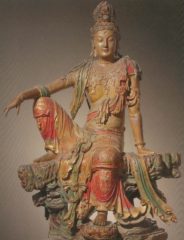
|
Bodhisattava Guanyin, Song Dynasty |
|

|
Fan Kuan, Travelling in Streams and Mountains, 950-1050 Song Dynasty |
|
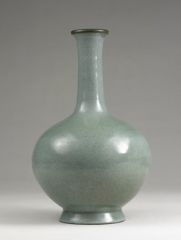
|
Bottle with copper rim, Ru Ware, Song Dynasty |
|
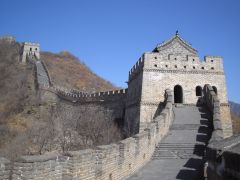
|
Great Wall, begun in Xin and enlarged in Ming Dynasty |
|

|
Fish Jar porcelain Ming Dynasty |
|
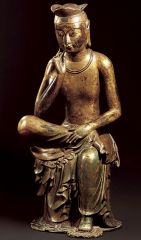
|
Bodhisattva seated in meditation, gilt bronze early 7th century CE, Silla |
|
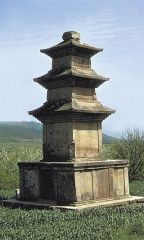
|
Stone pagoda, 8th century, Unified Silla |
|
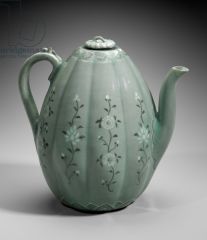
|
Ewer, with inlaid chrysanthemum flowers and cranes Goryeo |
|
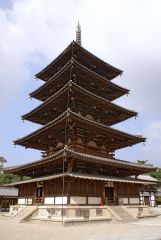
|
Horyuji compound, pagoda, 7th century, Nara |
|
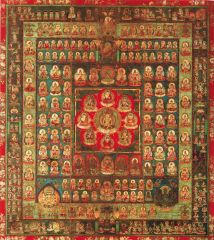
|
Womb World Mandala, 859-880, Heian
|
|
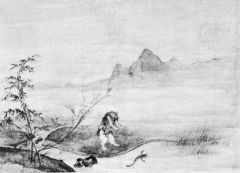
|
Catching Catfish with a Gourd, early 15th century, Muromachi
|
|
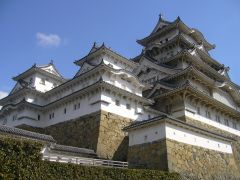
|
Himeji Castle, late 16th century, Momoyama |
|
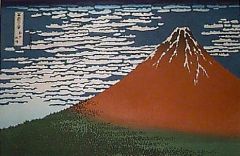
|
Hokusai, View on Fine and Breezy Day, wood block print, 1822-32, Edo |
|
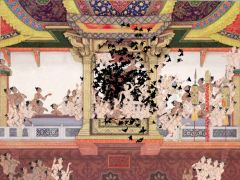
|
Shazia sikander, SpiNN, 2003, digital animation
|
|
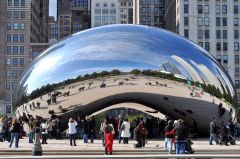
|
Anish Kapoor, cloud gate, chicago, 2003, public sculpture of stainless steel plates
|
|
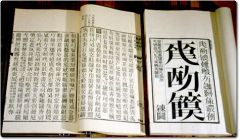
|
Xu Bing, Book from the sky, 1987-1991, installation of woodblock books, text, caligraphy |
|

|
Ai Wei Wei, Sunflower seeds, 2010, installaion |
|

|
Nam Jun Paik, Electronic Highway |
|
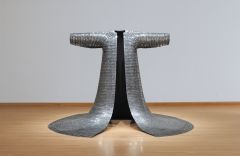
|
Do-Ho Suh, Some/One, 2003, 3,00 dogtags |
|

|
Yayoi Kusama, Transmigration, 2011, installation |
|
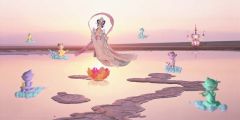
|
Mariko Mori, Play with me, 1994, performance art |
|
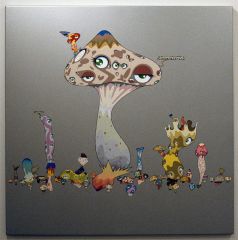
|
Takashi, Murakami, DOB DOB, 1996 |
|
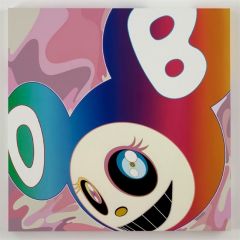
|
Takashi Murakami, Wink, 2001 |
|
|
Siddhartha Gautama |
Indian religious leader: founder of Buddhism.
|
|
|
axis mundi
|
line through the earth's center around which the universe revolves
|
|
|
Shiva |
The Destroyer, the third member of the Trimurti
|
|
|
Ganesha |
The Hindu god of wisdom |
|
|
lingam shrine |
a symbol of divine generative energy, especially a phallus or phallic object as a symbol of Shiva. |
|
|
Mughal Empire |
was a Persianate empire extending over large parts of the Indian subcontinent and ruled by a dynasty of Mongol and Chagatai-Turkic origin. |
|
|
Daoism |
a simple honest life and noninterference with the course of natural events. |
|
|
Pure Land Buddhism |
a paradise believed by the followers of a Mahayana sect (Pure Landsect) to be ruled over by a Buddha (Amida) whose hope it is tobring all beings into it. |
|
|
scholar-official! |
were civil servants appointed by the emperor of China to perform day-to-day governance from the Han dynasty to the end of the Qing dynasty in 1912, China's last imperial dynasty. |
|
|
celadon |
a gray-green glaze used on pottery, especially that from China. |
|
|
Cuonfucius |
Chinese philosopher and teacher. |
|
|
pagoda! |
a Hindu or Buddhist temple or sacred building, typically a many-tiered tower, in India and East Asia.
|
|
|
Dogu |
are small humanoid and animal figurines made during the late Jōmon period
|
|
|
Wabi Sabi |
represents a comprehensive Japanese world view or aesthetic centered on the acceptance of transience and imperfection.
|
|
|
Shinto |
the indigenous religion of Japan consisting chiefly in the cultic devotion to deities of natural forces and veneration of the Emperor as a descendant of the sun goddess
|
|
|
Zen Buddhism
|
a Japanese school of Mahayana Buddhism emphasizing the value of meditation and intuition.
|
|
|
Esoteric Buddhism
|
is one of the mainstream major schools of Buddhism in Japan and one of the few surviving Vajrayana lineages in East Asia,
|
|
|
onna-e
|
indicates subject matter in painting felt to be especially of interest to women, such as that illustrating romantic poetry orprose; this style is exemplified by tsukuri-e paintings, in which built-up colordominates.
|

